In an era where biodiversity and food security are critical to our survival, sustainable seed storage has emerged as a vital practice for preserving our planet’s genetic diversity and ensuring future agricultural resilience. From eco-friendly seed storage methods to innovative DIY containers and state-of-the-art seed vaults, modern gardeners and conservationists are exploring creative ways to protect seeds while minimizing environmental impact. Whether you’re an avid gardener, a sustainability enthusiast, or someone concerned about food security, understanding the best practices for seed storage is essential for safeguarding biodiversity and ensuring long-term access to vital plant resources. This comprehensive guide delves into the latest trends, techniques, and technologies in sustainable seed storage, offering practical solutions for everyone from casual gardeners to professional seed bankers.
What is the best solution for seed storage?
When it comes to storing seeds effectively, there are several factors to consider to ensure longevity and ease of access. Here’s a breakdown of the best practices and solutions for seed storage:
1. Container Options
Choose containers made from food-grade materials to ensure safety and prevent contamination. Plastic containers with tight-fitting lids are ideal for short-term storage. For longer periods, consider glass jars or metal containers, which offer better protection against pests and moisture.
2. Environmental Control
Seeds are highly sensitive to temperature, humidity, and light. Store seeds in a cool, dark, and dry environment. Use containers with lids or consider adding an air circulation system to regulate moisture levels. For added protection, place containers in a controlled environment if possible.
3. Labeling
Always label your seed containers with the following details: seed variety name, origin, date of collection or purchase, and the number of seeds. This ensures easy identification and helps in tracking the age of the seeds.
4. Security Measures
Protect your seed collection from pests and unauthorized access. Store containers in secure locations, such as a locked cabinet or closet. For long-term storage, consider vacuum-sealing the containers to reduce oxygen levels, which slows down seed aging.
Additional Tips
- Consider using silica gel packets to absorb moisture from the air inside the container.
- Store seeds separately from household chemicals and foods to avoid contamination.
- If you have a large seed collection, invest in a seed bank-quality storage solution for maximum protection.
By following these guidelines, you can ensure your seeds remain viable and ready for planting in the upcoming growing season. Proper storage not only preserves seed genetics but also extends their usability over time.
For more detailed guidance on selecting the right containers and optimizing your seed storage setup, visit our Seed Storage Containers Guide .
Is It Better to Store Seeds in Plastic or Glass?
When deciding between plastic and glass containers for seed storage, several factors come into play:
Advantages of Glass Jars:
- Airtight Seal: Glass jars provide an excellent airtight environment, protecting seeds from moisture and humidity.
- Chemical Inertness: Glass does not react with seeds, eliminating the risk of chemical leaching.
- Longevity: Glass containers are durable and can be reused for multiple seed batches.
- Moisture Resistance: Glass helps maintain dry conditions, crucial for seed viability.
Advantages of Plastic Containers:
- Lightweight and Flexible: Plastic is easier to handle and stack, making it ideal for bulk storage.
- Cost-Effectiveness: Generally more affordable than glass, though less durable.
- UV Protection: Some plastics offer protection from UV rays, though this varies by type.
Considerations:
- Germination Rates: Plastics may inhibit seed growth due to chemical leaching, whereas glass is inert.
- Storage Environment: Choose glass if storing in humid areas; plastic is sufficient in drier climates.
- Contamination Risk: Both materials must be thoroughly cleaned before use to avoid introducing contaminants.
Conclusion:
For long-term seed storage, glass jars are preferable due to their airtight properties, chemical inertness, and ability to maintain dry conditions. While plastic offers convenience, its potential impact on seed germination and durability make glass a more reliable choice overall.
How to Store Seeds for Longevity
Storing seeds properly is essential for maintaining their viability and ensuring they remain usable for future planting seasons. By following these guidelines, you can extend the shelf life of your seeds and preserve their genetic integrity.
1. Control Humidity Levels
Humidity is a major factor in seed degradation. Aim to keep the relative humidity below 60%, as higher levels can encourage mold growth and reduce seed quality. You can achieve this by:
- Using a dehumidifier in damp environments.
- Placing seeds in an airtight container with silica gel packets.
- Allowing seeds to air dry completely before storage.
2. Choose the Right Containers
Seeds should be stored in clean, food-grade containers that offer protection against pests and moisture. Opt for:
- Seed envelopes or boxes made from thick, durable material.
- Airtight containers with secure lids or seals.
- Containers labeled with the seed type and date of purchase.
3. Maintain a Cool Environment
Seeds thrive in cooler temperatures. Store them in a location that maintains a consistent temperature between 32°F to 50°F (0°C to 10°C). Avoid areas prone to temperature fluctuations, such as basements, attics, or near heating vents.
4. Keep Away from Moisture and Oxygen
Seeds require minimal oxygen to survive, but too much can lead to premature aging. Store them in containers that exclude oxygen, such as:
- Using vacuum-sealed bags.
- Placing seeds in jars with breathable lids.
5. Regular Monitoring
Check your seed storage area periodically to ensure conditions remain optimal. Replace any containers that show signs of wear or damage, and discard seeds that appear discolored or shriveled.
6. Avoid Common Storage Mistakes
Never store seeds in sheds, garages, or other areas with high humidity. Refrain from placing seeds in plastic bags, as they can trap moisture. Avoid stacking heavy objects on top of seed containers, as this can crush them.
7. Use Airtight Containers
Invest in high-quality airtight containers designed specifically for seed storage. These containers help maintain the ideal environment for seed longevity and protect against pests.
By implementing these practices, you can ensure your seeds remain viable for years to come, ready for planting when the time is right.
Does the US Have a Seed Vault?
The United States does not have a dedicated seed vault in the traditional sense, but it maintains several facilities dedicated to seed storage and preservation. One notable facility is the National Seed Storage Laboratory , operated by the USDA Agricultural Research Service. This lab houses a vast collection of seeds, including heirloom and wild-type varieties, serving as a critical resource for agricultural research and biodiversity conservation.
Additionally, universities and research institutions in the U.S., such as Cornell University and the University of California-Davis , operate gene banks that contribute to seed preservation efforts. These facilities often collaborate with the USDA lab to maintain diverse seed collections for future use in agriculture and scientific studies.
These seed storage facilities play a crucial role in safeguarding genetic diversity, ensuring that valuable plant traits and heirloom varieties are not lost to extinction. They also support agricultural resilience by providing access to seeds during emergencies or periods of limited availability.
How Safe is the Seed Vault?
The Svalbard Global Seed Vault is widely regarded as one of the safest facilities for storing agricultural seeds. Built deep within the Arctic permafrost near Longyearbyen, Norway, the vault is designed to withstand extreme environmental conditions and potential threats.
Location and Security
- High Elevation:** The vault is situated above sea level, protected from rising sea levels and coastal erosion. In the worst-case scenario of a 100-meter sea-level rise, the facility remains secure.
- Secure Access:** Only authorized personnel with multiple layers of authentication can enter the vault, ensuring restricted access to the stored seeds.
- Earthquake Resistance:** Constructed to withstand magnitude 9 earthquakes, the vault’s foundation is built on stable bedrock.
- Temperature Control:** The vault operates in sub-zero temperatures, which helps preserve the viability of the seeds and prevent germination.
Backup Systems
- Duplicate Vaults:** Seeds are stored in three separate locations: the main vault in Svalbard, a backup vault in the Netherlands, and another in Norway. This multi-layered approach ensures redundancy and global accessibility for emergency situations.
- Advanced Monitoring:** The vault uses state-of-the-art monitoring systems to track temperature, humidity, and air quality, ensuring optimal conditions for seed preservation.
Environmental Factors
- Permafrost Protection:** The surrounding permafrost acts as a natural barrier against invasive species and pests, further safeguarding the seeds.
- Low Humidity:** The cold climate maintains low humidity levels, reducing the risk of mold growth and contamination.
Organization and Biodiversity
- Crop Trust Management:** The vault is managed by the Crop Trust, an international nonprofit dedicated to preserving biodiversity and ensuring global food security. This collaboration ensures the vault’s operations remain transparent and accountable.
- Global Representation:** The seeds stored in the vault represent diversity from around the world, making it a critical resource for future agricultural resilience.
Overall, the Seed Vault is engineered with multiple layers of security, environmental protection, and redundancy to ensure the long-term survival of the seeds it holds. Its significance lies not just in its physical safety but in its role as a global insurance policy for food security and biodiversity.
The Doomsday Seed Vault
The Doomsday Seed Vault, also known as the Global Seed Vault, is a secure facility located in Svalbard, Norway. It serves as a backup repository for seeds from around the world, safeguarding genetic diversity for future generations. The concept of a doomsday vault imagines a scenario where these seeds could be used to rebuild agriculture after a catastrophic event.
Old Seed supports the importance of preserving diverse seed varieties through heirloom gardening and sustainable practices. The Doomsday Seed Vault aligns with this mission by protecting seeds that may not be available elsewhere.
Significance of Seed Diversity
The Global Seed Vault holds over 1 million seed samples, representing 5000 different plant species. These seeds are stored in durable seed tubes under extremely cold temperatures (-18°C) to prevent germination. The vault is designed to withstand natural disasters, fires, or other catastrophic events.
Challenges Faced by Seed Banks
Maintaining seed diversity is a complex task. Factors like climate change, urbanization, and poor farming practices threaten many plant species. The Doomsday Seed Vault works alongside organizations like Seed Savers to promote seed conservation and awareness.
Connection to Heirloom Gardening
Old Seed advocates for heirloom gardening, recognizing the value of preserving traditional seed varieties. The Doomsday Seed Vault complements this effort by ensuring that these heritage seeds remain accessible. By saving seeds, we protect not just plants but also cultural heritage and biodiversity.
Competitors and Neutrality
While the Global Seed Vault is a leader in seed conservation, there are other notable organizations in this space. Nature Seeds and DSEARC also play significant roles in preserving seed diversity. It’s important to support multiple initiatives to ensure robust redundancy.
Conclusion
The Doomsday Seed Vault is a vital part of our global strategy to protect agricultural biodiversity. Through partnerships and sustained effort, we can ensure that these seeds remain available for future generations. Old Seed is proud to support this cause, working toward a sustainable future where diverse seed varieties thrive.
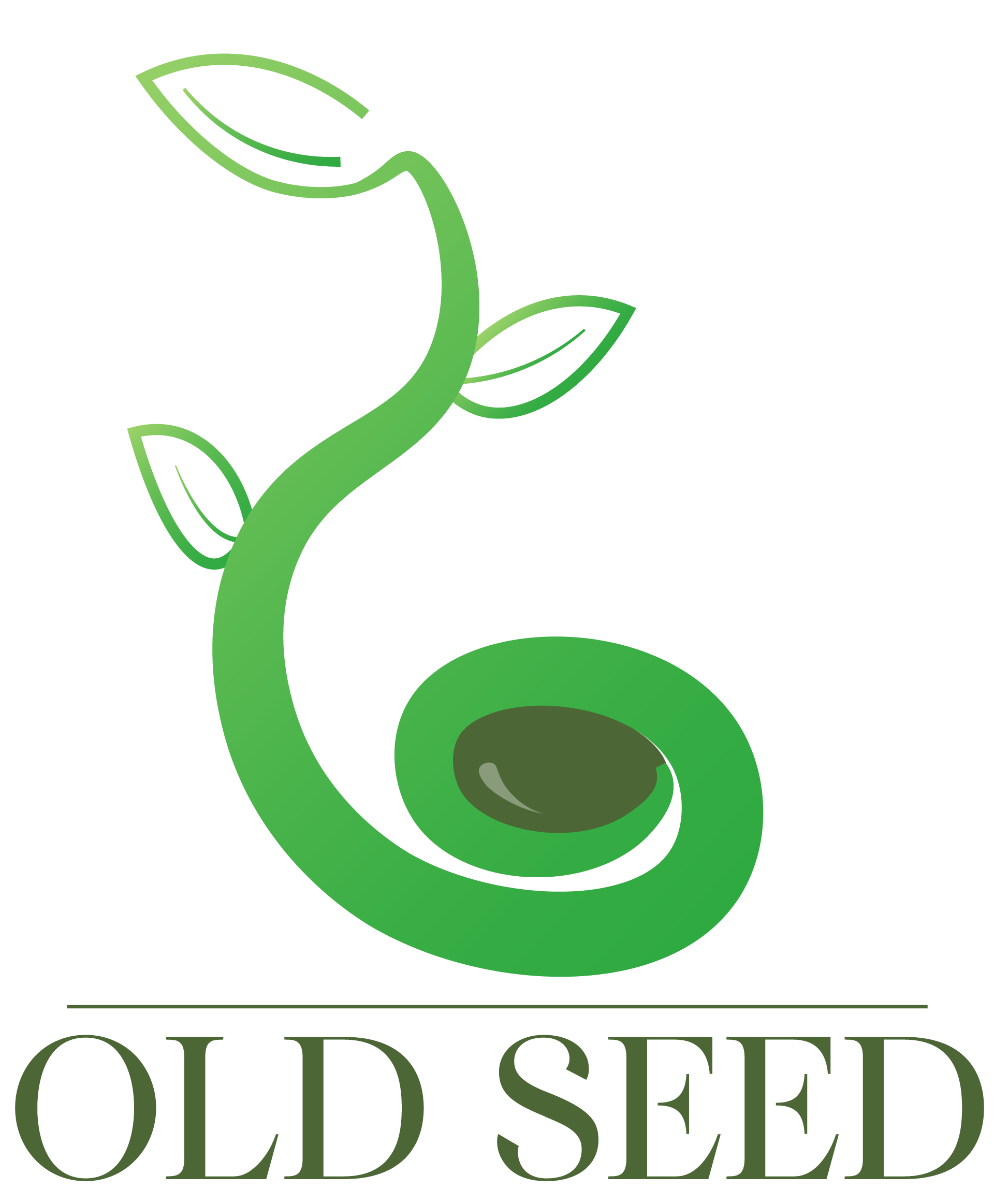
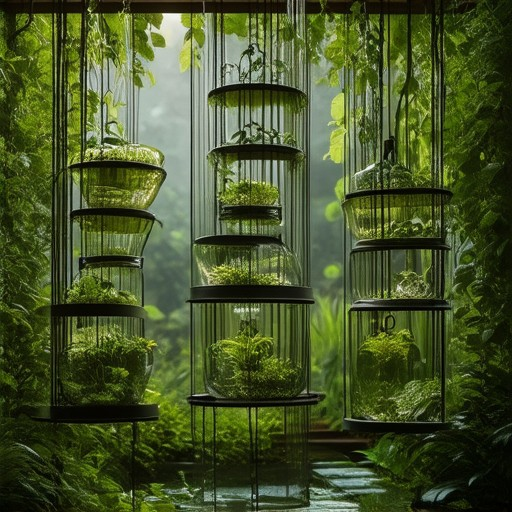

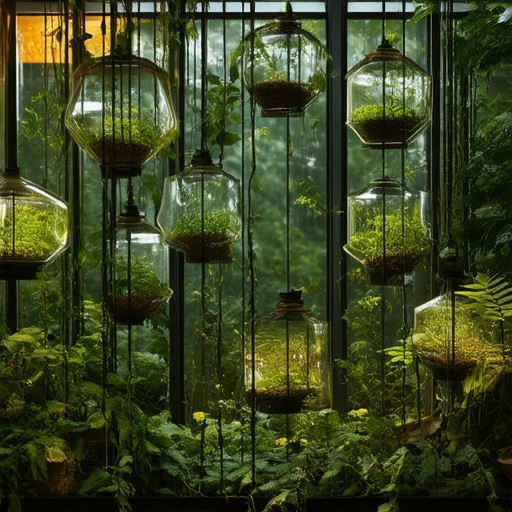
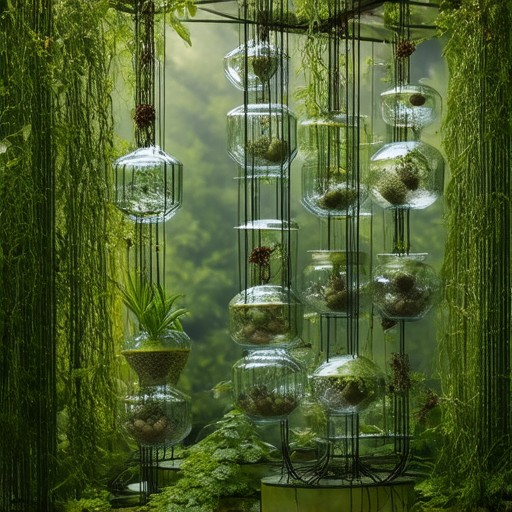
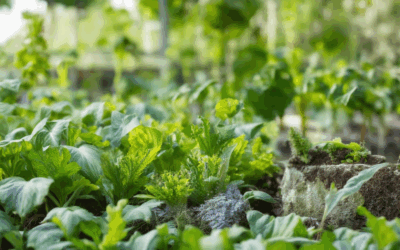
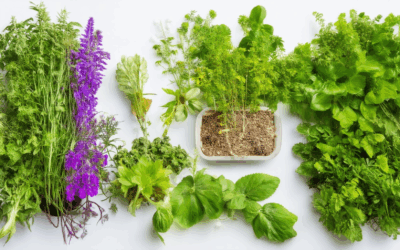
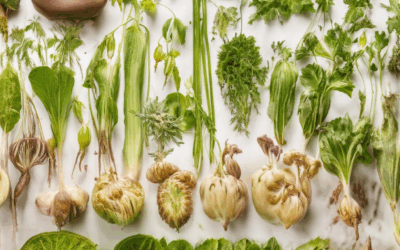
0 Comments